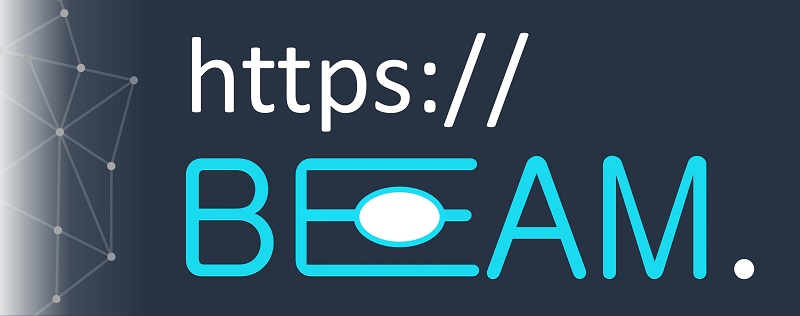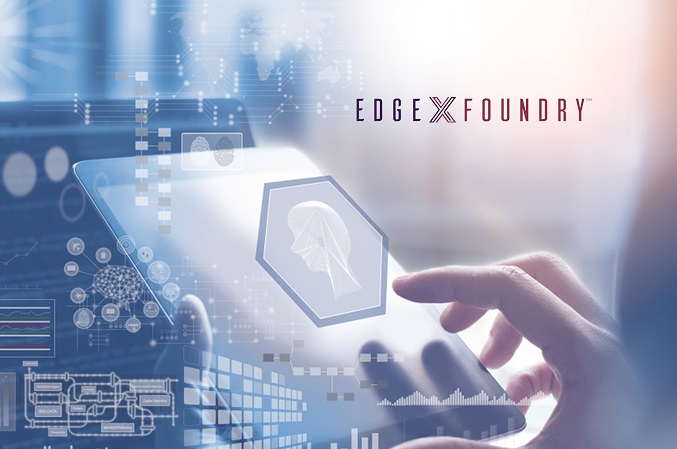
Commerce Systems
with interoperable and intelligent systems


The BEAMable Commerce Ontology blends commerce concepts and semantic identifiers from schema.org, gs1.org, unece.org, and omg.org to enable interoperable e-commerce and supply chain management systems across industries.
The BEAM API can be implemented within every network node as the single entry point for all real-time streaming data and messages from other nodes. By exposing a single common API as the “front door” for all nodes, the complexity of disparate commerce-related systems is abstracted away.

By implementing a common API coupled with a common ontology, unified systems and subsystems can connect and interact in real-time, forming a complete, interdependent and interoperable commerce ecosystem.
Hover hexagons for interactive learning.

ControlBEAM is contributing to the enhancements of GS1's EPCIS event format to support Supply Chain Management (SCM) systems, including RFID and sensor-captured data, Blockchain integration, JSON syntax, REST bindings, and alignment with CloudEvents and BEAMevents. EPCIS and its companion standard, the Core Business Vocabulary (CBV), have been adopted as ISO standards.

ControlBEAM supports EdgeX Foundry's leadership role in moving industrial IoT intelligence to the edge, where it belongs. To accelerate adoption of EdgeX, ControlBEAM system architects are providing guidance on implementing ontology-based, event-driven architecture within its framework to provide the highest level of interoperablity across IoT platforms and industries. Our team is also providing real-world IoT use cases in retail, commerce, and transportation for EdgeX testbeds.

ControlBEAM is contributing to CloudEvents work group, evolving a common event format to provide interoperability across services, platforms and systems. ControlBEAM system architects are guiding the evolution to align with ontology-based, event-driven architecture and support supply chain execution systems. Other companies contributing to CloudEvents include IBM, Microsoft, Google, Oracle, SAP, Red Hat, VMware, PayPal, Alibaba, and Huawei. CloudEvents is hosted by the Cloud Native Computing Foundation (CNCF).